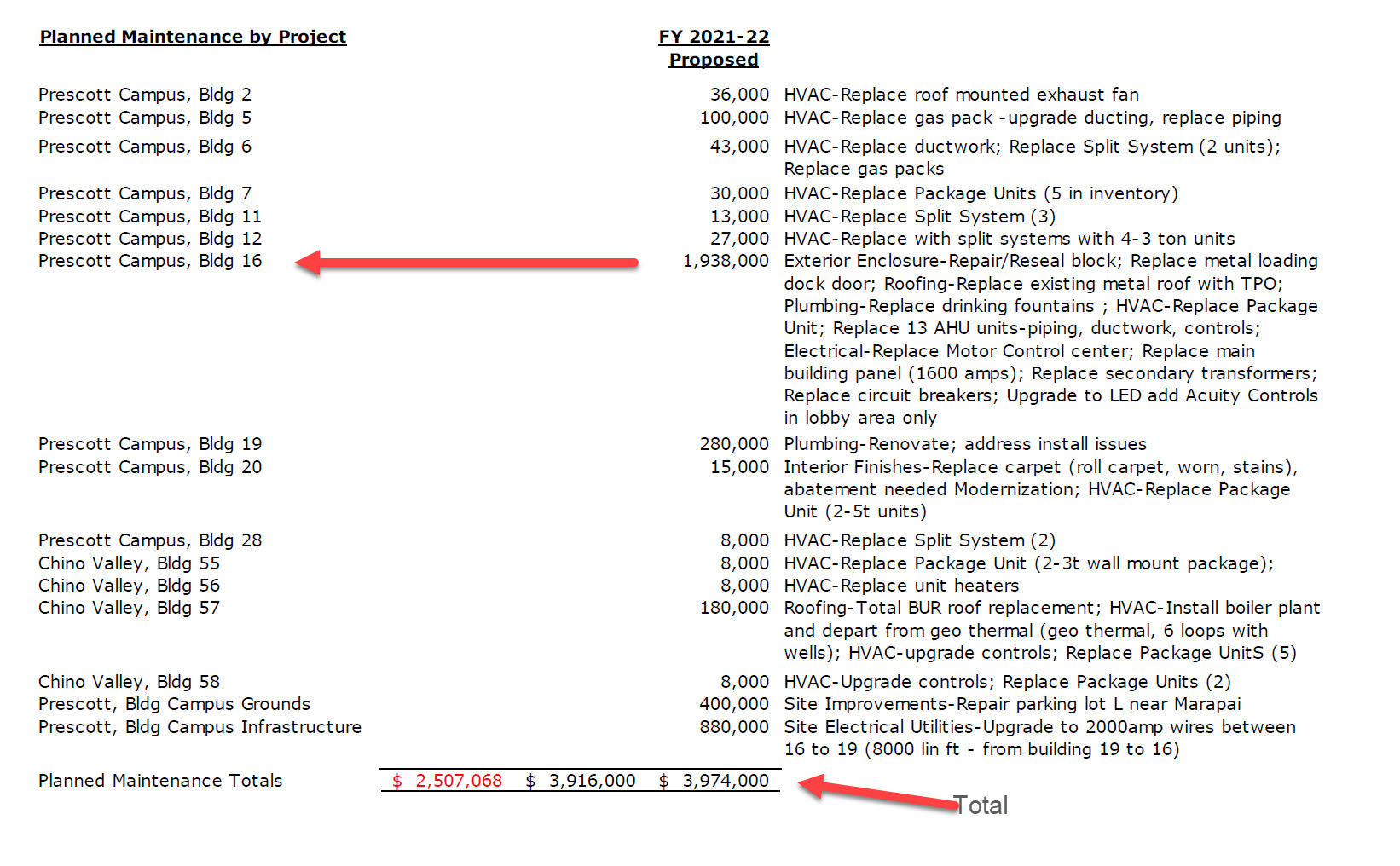Staff and faculty will receive 4% across-the-board salary increase, .45% one time performance bonus, with an additional 1.3% increase for some because of market adjustments, career ladders, etc.
 The Yavapai Community College Governing Board approved a $91.9 million budget 4-1 for 2022-2023 at its May 17 meeting. The approved budget was 1.9% lower than the 2021-2022 budget.
The Yavapai Community College Governing Board approved a $91.9 million budget 4-1 for 2022-2023 at its May 17 meeting. The approved budget was 1.9% lower than the 2021-2022 budget.
The Board did not increase the property tax levy for Yavapai County residents. This was the fourth consecutive year it had not increased the property tax levy.
Salaries were increased for staff and faculty across-the-board by 4%. There was also a one-time .45% bonus approved. Furthermore, the budget included 1.3% of additional revenue to be used for some salary market adjustments, “career ladders, promotions and minimum wage.” 
 The salary recommendations for Yavapai Community College employees has been increased only slightly since the Administrators provided the District Governing Board with estimates in April. At the May meeting, the District Governing Board will be asked to finalize and approve a 4% across-the-board salary increase, .45% one-time bonus, and 1.3% for market adjustments, etc. for staff and faculty.
The salary recommendations for Yavapai Community College employees has been increased only slightly since the Administrators provided the District Governing Board with estimates in April. At the May meeting, the District Governing Board will be asked to finalize and approve a 4% across-the-board salary increase, .45% one-time bonus, and 1.3% for market adjustments, etc. for staff and faculty. 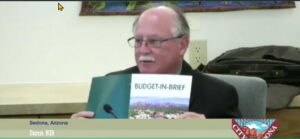
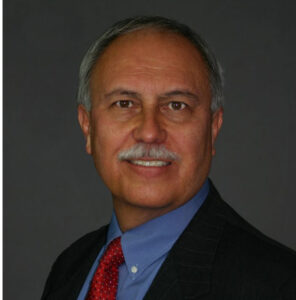

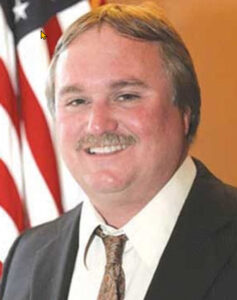

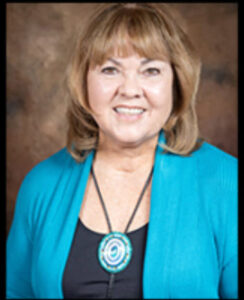
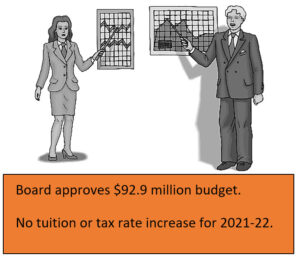 The Yavapai Community College District Governing Board (DGB) approved the College’s $92.9 million budget for 2021-2022 at its May meeting. The vote was 4-to-1 with Mr. Chris Kuknyo dissenting.
The Yavapai Community College District Governing Board (DGB) approved the College’s $92.9 million budget for 2021-2022 at its May meeting. The vote was 4-to-1 with Mr. Chris Kuknyo dissenting.